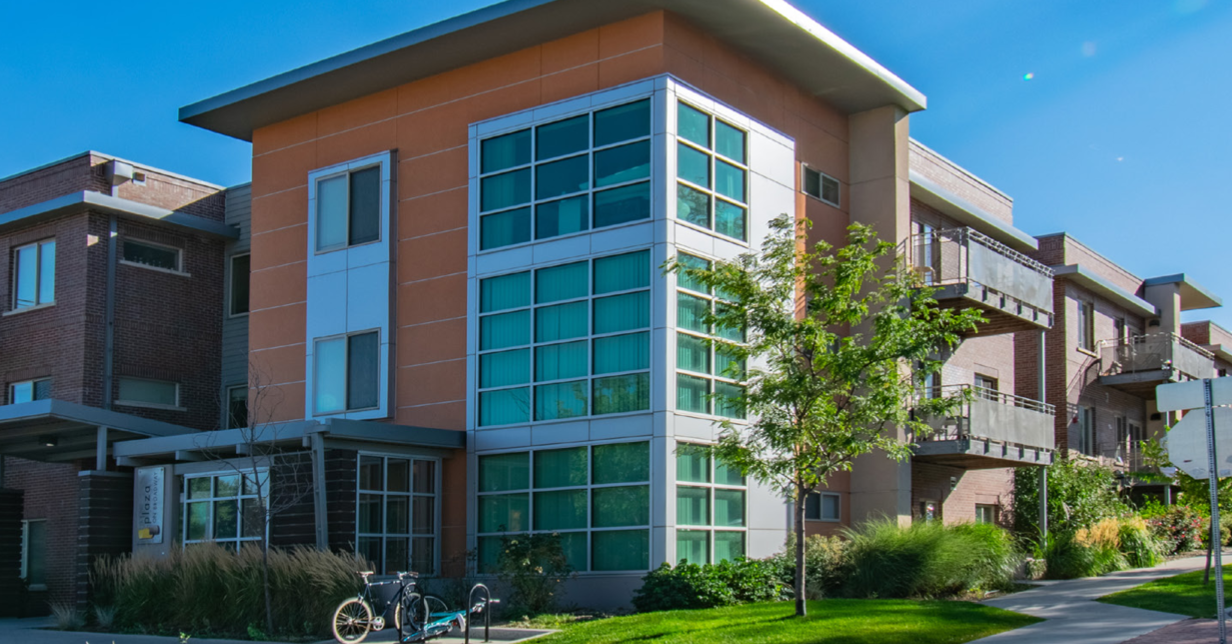Sponsored: Why Student Housing Now?

By: Jason Kjellson, Executive Vice President at NB Private Capital
By: Jason Kjellson, Executive Vice President at NB Private Capital
The last decade belonged to student housing as this particular real estate asset cashed in on strong fundamentals and performance during the “Great Recession”. Industry participants are now starting to add “COVID Resilient” to the category’s recession resilient reputation. We believe 2021 and 2022 could potentially offer some of the best opportunities now for investing in student housing.
COVID RESILIENCY IS NO DOUBT AN EYEBROW RAISING CLAIM. HERE ARE THE FACTS: There has yet to be a property in distress at any Power 5 conference school. While some community colleges and other private universities with enrollment under 1,000 have not fared as well, these are not typically our targeted investment markets.
WHAT ABOUT OCCUPANCY & COLLECTIONS? These questions seem to be of major concern for most investors. On a recent industry webinar panel, three of the largest industry players indicated collections and occupancy are slightly down or in-line year-over-year.
In some markets top-line revenues have dipped as operators incentivized students to return to off-campus housing with concessions. The biggest struggles have been in blue states, like California, where university administrators elected for campus closures in Fall 2020 and Spring 2021.
It appears that by and large students have largely complied with university mandated policies. A recent poll of students by American Campus Communities indicates 91% of students are happy with the steps their schools have taken, and 96% of respondents indicated they are following school guidelines.
It appears that pandemic outbreaks at universities have originated from off-campus activities and not as a result of a lack of prudence by on-campus administrators. As a student housing operator and investment manager, we are reassured by the fact that students overwhelmingly want to be on, or near campus, even in cases where curriculum is delivered exclusively on-line.
We do not expect on-campus housing to operate in the same fashion as it did pre-pandemic. It’s possible that, trends towards bed-to-bath parity and additional square footage will likely become more prevalent going forward. The value conscious parent/student will still have plenty of shared bed/bath options, but operators believe there is a chance that schools may emphasize decreased density in on-campus dorms.
Many schools are adopting a more needs-based approach for university-owned properties and are prioritizing much needed beds to those with pre-existing health challenges.
Also, we do not believe that enrollment decline will be a long-term problem. For 2020, many families elected a gap year in attendance rather than pay a premium for online instruction. Further, international students are poised to return. This segment makes up only about 5 percent of the US student population, however this demographic does offer the potential for a profitable 5 percent as they historically tend to pay full price and are not typically reliant on financial aid.
The final variable is likely the most interesting. Transaction volume in the student housing sector has slowed dramatically after Q1 2020. Debt became more difficult to obtain. Those who could get financing faced substantial P&L reserve requirements and banks were largely lending to top relationships, acquiring trophy properties at major Power 5 conference schools. We are reassured that capitalization rates remain largely unmoved. It appears that demand in the institutional space remains and we hope to see debt financing to resume in early 2021.
Heading into the COVID era the asset class was riding the recession resilient wave that propelled the category during and after the “Great Recession”. COVID has done little to slow this momentum. It’s important to note that investment yield likely suffered across the board due to the impact of the of the pandemic on the top-line. We saw this in our portfolio. However, the category appears to have weathered the storm reasonably well and is poised to return to pre-pandemic yield levels.
Performance at most properties has been strong. Delinquencies have been in-line with prior periods at Power 5 schools. Students that returned to campus have largely acted responsibly. In the intermediate term, off-campus operators have the potential to benefit from the broader trend to de-densify on-campus housing and the biggest winners may be those who can provide larger common areas and bed-to-bath parity to residents.
In the short-term, with vaccines on the ready, university enrollment will hopefully be buoyed by the return of gap year students and the potentially lucrative international cohort. When lending activity resumes, we believe there could be a substantial opportunity for current owners and investors.
GENERAL DISCLOSURE
Not an offer to buy, nor a solicitation to sell securities. All investing involves risk of loss of some or all principal invested. Past performance is not indicative of future results. Speak to your finance and/or tax professional prior to investing. Any information provided is for informational purposes only.
Securities offered through Emerson Equity LLC Member: FINRA/SIPC. Only available in states where Emerson Equity LLC is registered. Emerson Equity LLC is not affiliated with any other entities identified in this communication.
For more NB Private Capital news, please visit their directory sponsor page.

NB Private Capital is a sponsor of The DI Wire, and the article was published as part of their standard directory sponsorship package.